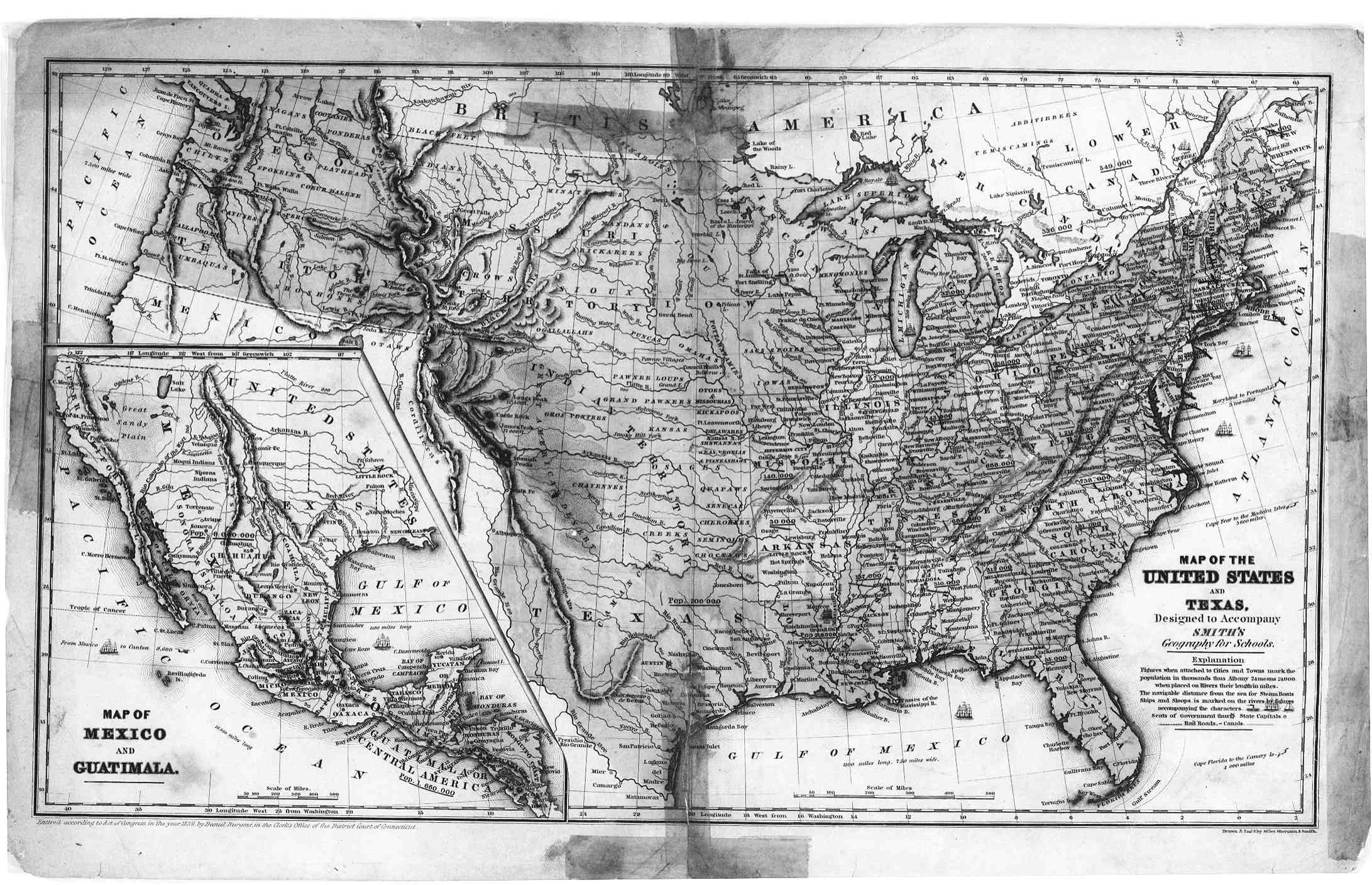 |
| John James Abert |
John Mitchell is an important author of maps in 1755. His map played an important role in american history. Cartographers are map makers. Here are some important ones in the US: Carlton Osgood, 1816, George Washington 1732 - 1799 and John Abert (United States 1788-1863) "headed the Corps of Topographical Engineers for 32 years and organized the mapping of the American West." J.H. Colton (United States, 1800-1893), Fielding Lucas, Jr. (c. 1781-1854) Lucas Brothers, Baltimore, USA where he made and published maps, Matthew Fontaine Maury (American 1806 - 1873), Thaddeus Mortimer Fowler (1842-1922) "American producer of pictorial maps", John Paul Goode (1862 - 1932) created the "Evil Mercator" and "Good's World Atlas", Rafael Palacios (1905-1993) "prolific map-drawer for major U.S. publishers and Waldo R. Tobler (1930 -) "developed the first law of geography" and also helped develop Geographic Information Systems or GIS. This is just a few of many map makers throughout the past few centuries.
Thaddeus Mortimer Fowler's pictorial map

J.Q. Cummings founded Rockford Map Publishers in 1944 in his basement where he painstakingly researched, hand drawn and published his maps.

Resources:
Edney, M. H. (2007). A Publishing History of John Mitchell's Map of North America, 1755-1775. Cartographic Perspectives, (58), 4-27.
John James Albert. Accessed at:
http://www.ask.com/wiki/John_James_Abert?qsrc=3044&lang=en
List of cartographers. Accessed at:
http://www.ask.com/wiki/List_of_cartographers?lang=en
Pictorial maps. Accessed at:
http://www.ask.com/wiki/Pictorial_maps?qsrc=3044&lang=en
Rockford Map Publishing. Accessed at:
http://www.rockfordmap.com/About.







